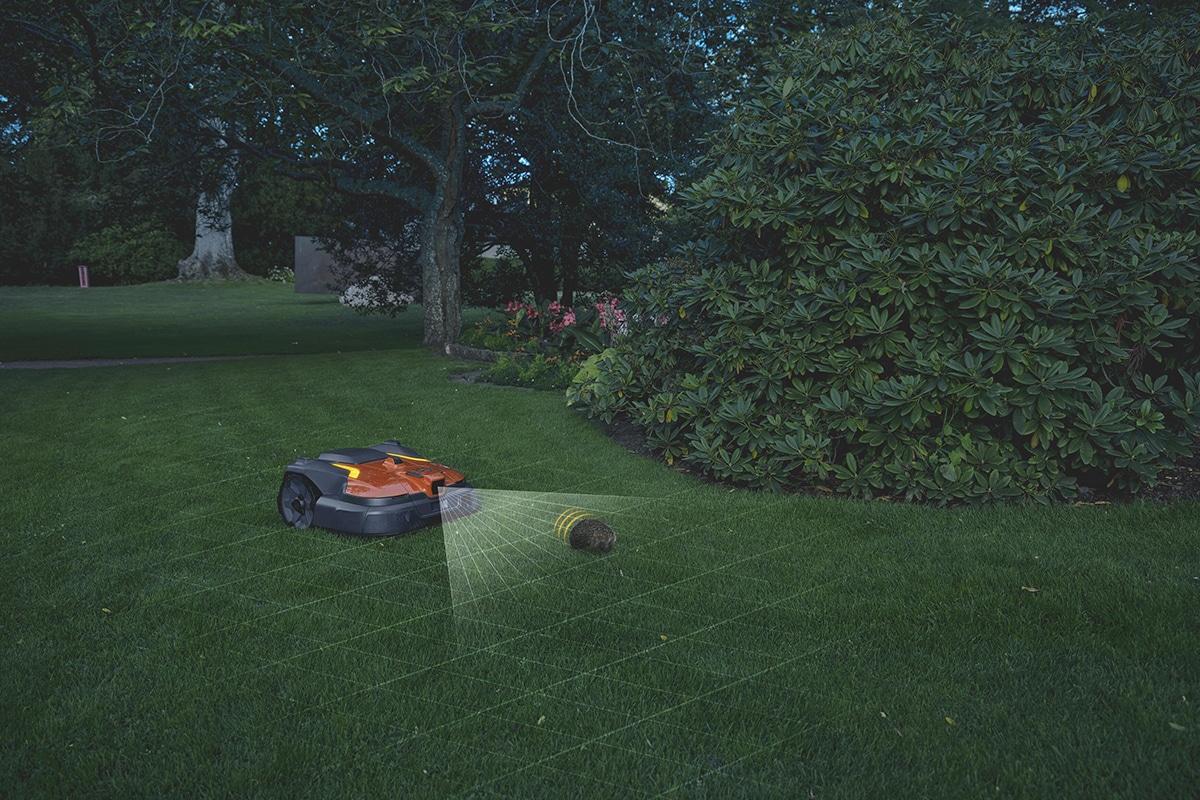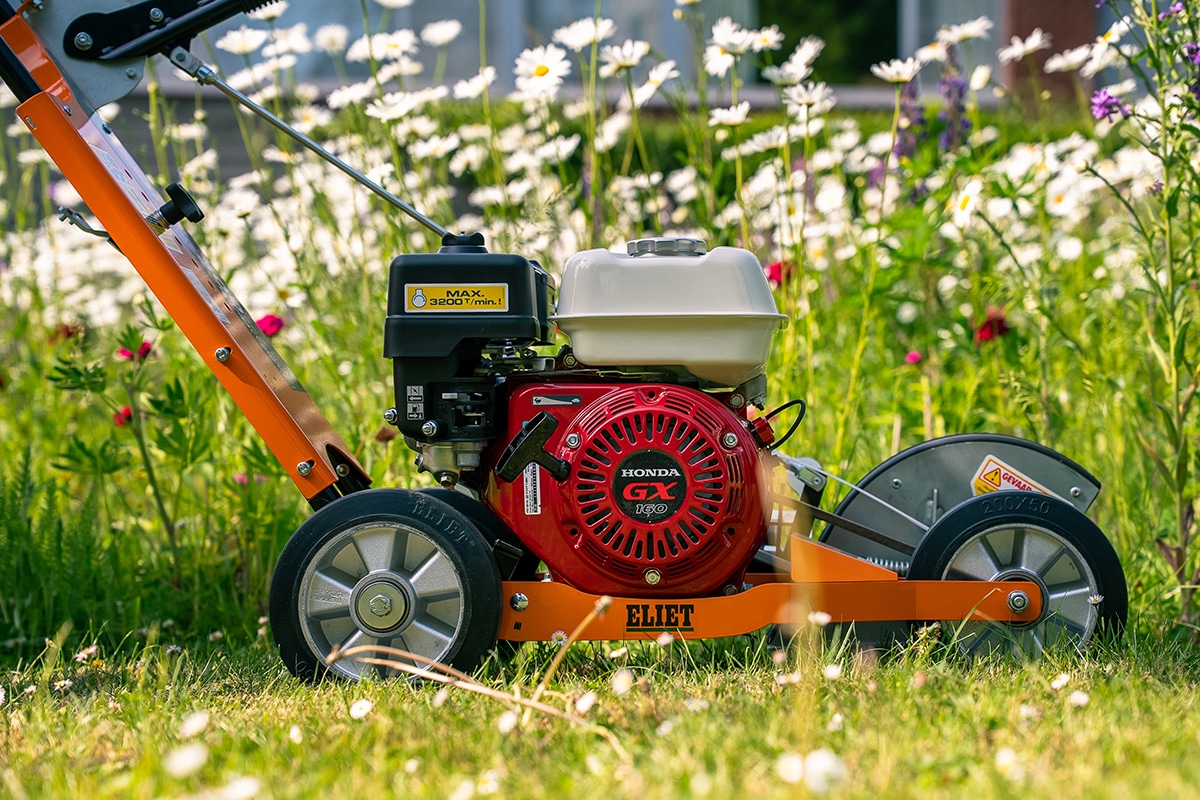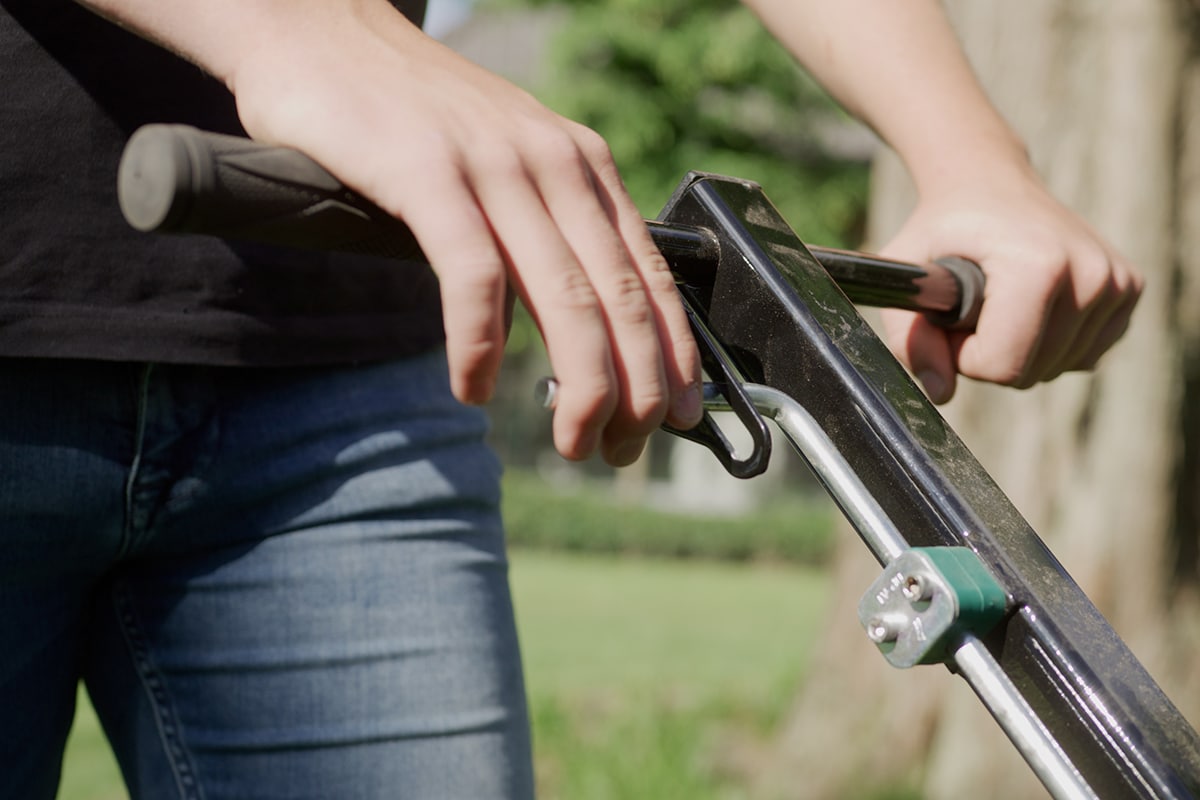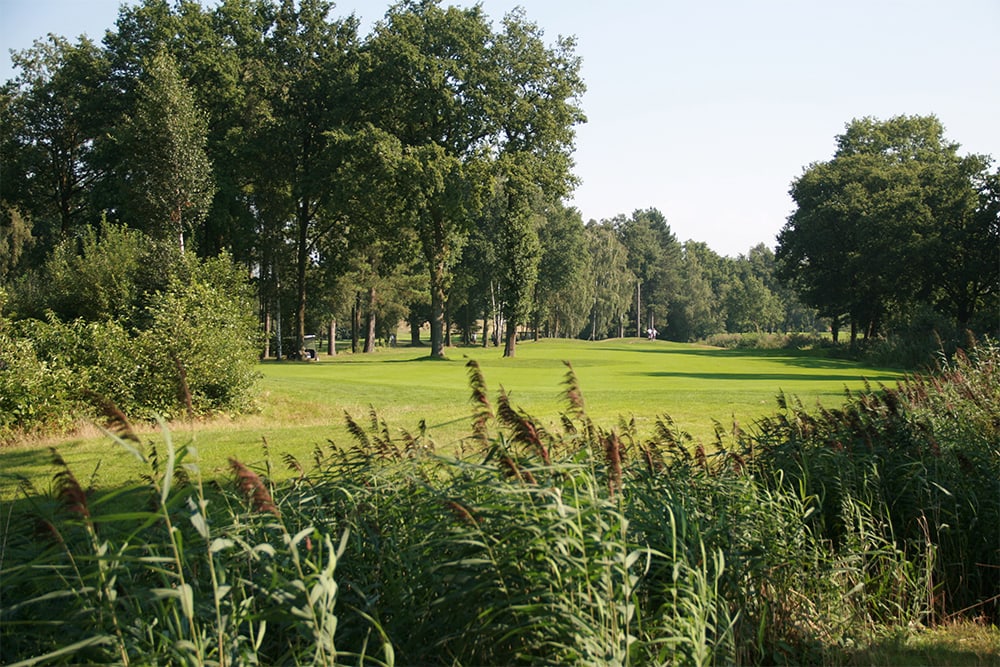
Golf and nature: an opportunity!
On misconceptions and prejudices
Golf and nature are definitely on the same wavelength. To some this may not seem so at first glance (yet), but we like to demonstrate that nature conservation and golf go hand in hand.
For a long time, the erroneous view prevailed that golf courses would harm nature, as well as the idea that golf is a Sunday pastime that few can afford. These are mostly misconceptions based on prejudice and misinformation.
Golf is more popular than ever before. Currently, Flanders already has more than 50,000 golfers, all affiliated with one of 55 golf clubs in Flanders and Brussels, spread over 10 golf schools (average 15 ha each), 18 golf courses with 9 holes (average 20 to 30 ha each), and 27 golf courses with 18 holes or more (average 50 to 70 ha each).
Tees, greens, fairways, roughs and 'off-game zones'
While in the 1970s and 1980s America with its extremely manicured grounds was the focus, today we have evolved to natural courses such as those that have developed especially in Scotland. These courses are richer in low-play areas and "zones out of play" and automatically offer more opportunities for nature development. Of the average 60-ha golf courses in Belgium, typically half manifest themselves as 'zones off play.' The rest consists of the played zones: the tee-off zones, the greens, the fairways. Especially the zones off play and roughs offer great opportunities for nature and landscape management.
For more than 100 years hand in hand with nature
Golf has been treating nature and open space responsibly for more than a hundred years. Proof of this, for example, are the various rare vegetation types found on golf courses. After all, for humans, the presence of open green spaces only has a stress-reducing and calming effect. Playing a ball in the healthy outdoors and enjoying a peaceful environment rich in fauna and flora is one of the best remedies against the hectic run of everyday life.
But there is more. Golf courses can function perfectly as buffer zones or ecological connecting zones between residential and agricultural or natural areas. Often unattractive transition areas are given a new purpose in this way, and a piece of "new nature" can form. For example, former landfills have been replaced by open green space, demonstrating that a strategy of good land use planning and the ecological values present is a win-win situation.
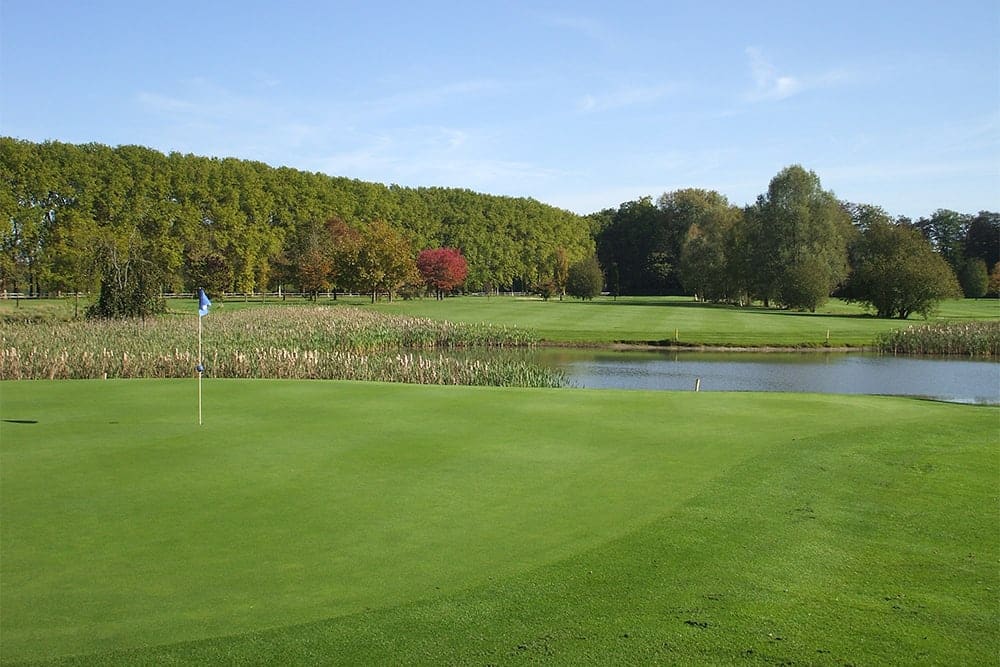
Maintenance of the played areas within a golf course involves several aspects: water, fertilization, use of plant protection products and mowing regime. Essential to the successful management of a golf course is the so-called "integrated management," which strives for optimal soils. Golf in some places also requires intensive care of the greens and tees according to the specific golf technical qualities, such as grass species and mowing height, so that, for example, ball speed is not negatively affected.
The large area share "outside the game zone" opens up a lot of possibilities for nature development and landscape management. Not only can many plant and animal species be found on a golf course, the diversity of land use is not insignificant (grassland, forest, hedges, pools, etc.).
Nature elements are important landmarks for the game of golf and they give the course a clear structure. In addition, they are the foundations for fauna and flora. By promoting native species in appropriate places, natural values can be increased even further. Finally, of course, they increase the general amenity value for the golfer. Here one hits the point of commonality between golf(er) and nature!
Scientific research, guidance, education and monitoring have resulted in the minimal environmental impact of golf course maintenance. Greens and tees by themselves cover the smallest areas within a golf course (less than 1 ha). Thanks to the sowing of the latest grass species and the specific maintenance program carried out by the greenkeepers, the need to use products is reduced to a strict minimum. Compared to average values for agriculture in Belgium, a golf course consumes 7 times less nitrates and 4 times less phosphates when fertilizing the same area.
This is the result of a policy that combines the most modern resources with high-level education of field personnel. Professionalism and efficiency are the key words here.
Conclusion: nature and golf for everyone!
Today, golf has evolved into a healthy sport in nature. On a round of about 18 holes, the golfer walked more than 8 kilometers and had to concentrate for 4 hours to play the ball to the "hole" with precision - and preferably with as few strokes as possible.
Every golfer can do his or her part and help the greenkeepers in their great job of providing a beautiful golf course for us time and time again.
Movies Together we take care of the job!
Under the motto "together we take care of the course," you as a golfer can make a big difference to the golf club, fellow players and nature with a small effort!
We made a nice poster and some videos about it:
- How do you correctly recover a pitch mark?
- How do I correctly lay back a divot?
- Where am I allowed to drive my baby carriage?
- What should I do if greenkeepers are working on the course?
- How do I correctly rake a bunker?
- When do I call fore?
https://www.golfvlaanderen.be/samen-zorgen-we-voor-de-baan

